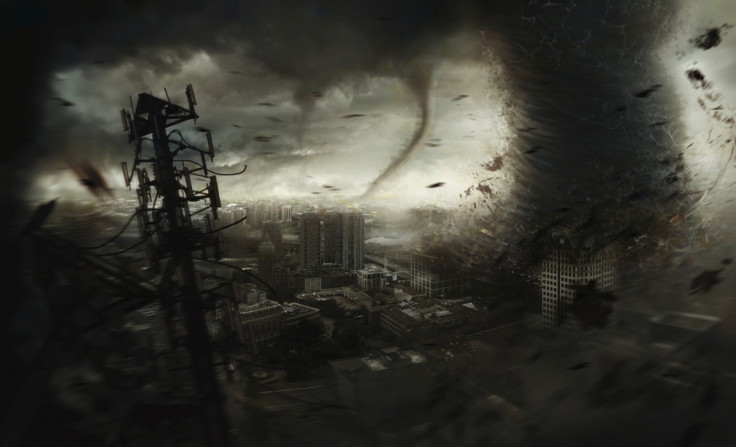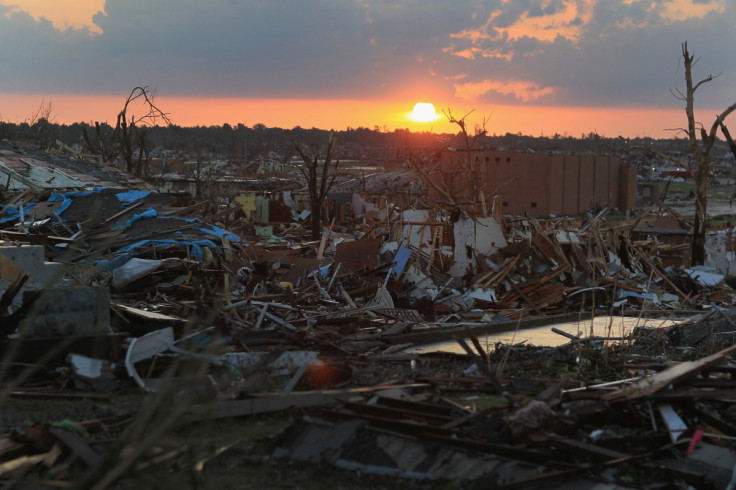US: Extreme tornado 'super' outbreaks have risen 50% since 1950

The number of major tornado outbreaks are on the rise in North America – and the number of tornados within them are increasing, too. Researchers found that the annual number of tornadoes in a single outbreak has increased by around 50% since the 1950s.
The research, published in the journal Nature Communications, says that tornado outbreaks are causing more damage now than they did 50 years ago. If this trend continues, they suggest the damage could become even worse.
Tornado outbreaks – or 'super outbreaks' – are the names given to groups of tornadoes appearing in a short space of time. These range in number from just a couple to hundreds.
The biggest of these outbreaks was recorded in 2011, when 363 tornadoes appeared in North America across three days. A total of 324 people were killed and more than 2,200 were injured. The damage totalled around $11bn (£7.8bn).
"When it comes to tornadoes, almost everything terrible that happens, happens in outbreaks," said Michael Tippett, lead author of the research from Columbia University. "If outbreaks contain more tornadoes on average, then the likelihood they'll cause damage somewhere increases."

Measuring twisters
The scientists used data from the NOAA Storm Prediction Centre. For every year since 1954, they calculated the average number of tornadoes per outbreak, as well as the total number of outbreaks. Their results showed that while the total number of tornadoes has not increased, the number of tornadoes in each outbreak has risen.
In the 1950s, the average was around 10 tornadoes per outbreak. By 2014, researchers say that has increased to 15.
"The analysis showed that as the mean number of tornadoes per outbreak rose, the variance around that mean rose four times faster," said Joel Cohen, a researcher working on the study. "While the mean rose by a factor of 1.5 over the last 60 years, the variance rose by a factor of more than 5.
"This kind of relationship between variance and mean has a name in statistics: Taylor's power law of scaling."
Taylor's power law of scaling is used to define clustering of natural events, based on a scale of one to five. In this case, a score of one would represent tornadoes occurring randomly, and five means they all appear at once.
The researchers worked out that the score – or exponent – came to four.
"In most ecological applications, the Taylor exponent seldom exceeds two," said Cohen. "To have an exponent of four is truly exceptional. It means that when it rains, it really, really, really pours,"
Combined with the knowledge that the number of twisters per outbreak has risen, this means that more outbreaks in total are being observed.
Mysterious causes
The scientists say they are not sure what has caused this phenomena. They speculate that climate change may be the cause, although they are keen to find out for sure.
"One big question raised by this work, and one we're working on now, is what in the climate system has been behind this increase in outbreak severity," said Tippett. "The scientific community has thought a great deal about how the frequency of future weather and climate extremes may change in a warming climate."
Climate change has been blamed for other natural events, too. Recently, researchers discovered sea level has risen 14cm since 1900 – more than in any of the previous 27 centuries.
© Copyright IBTimes 2025. All rights reserved.






















